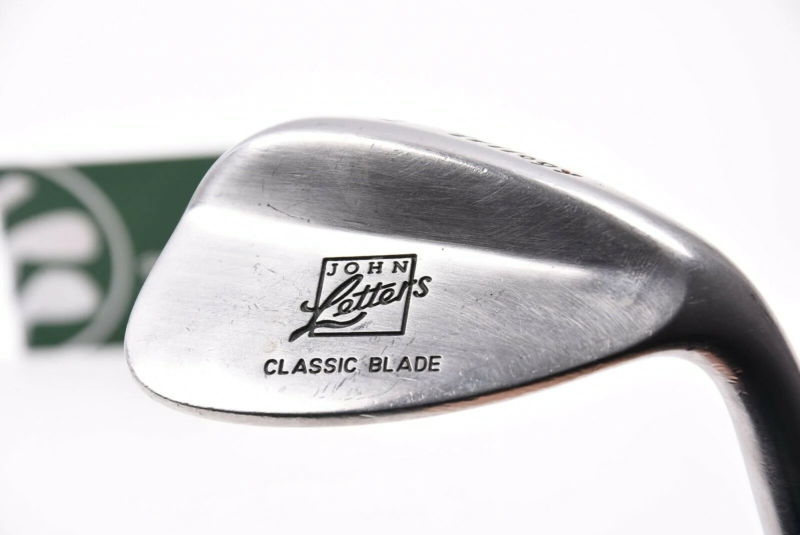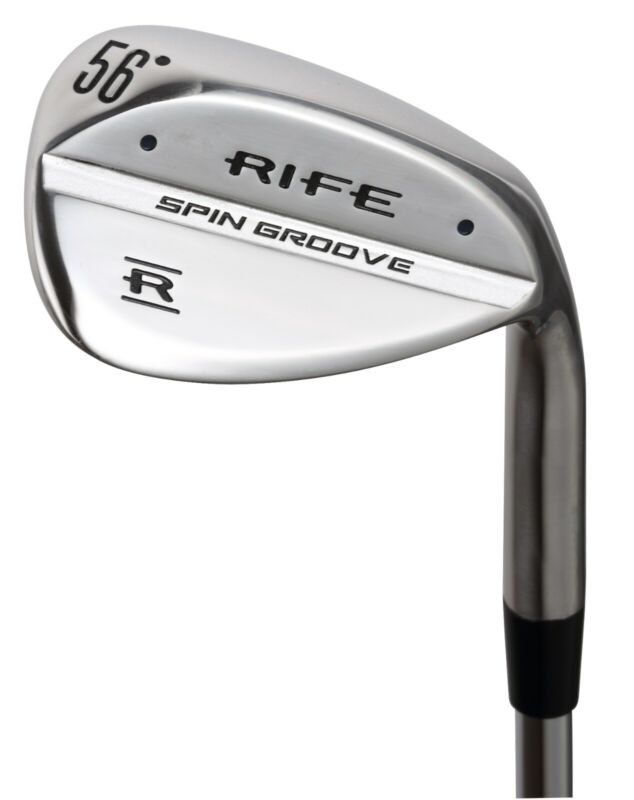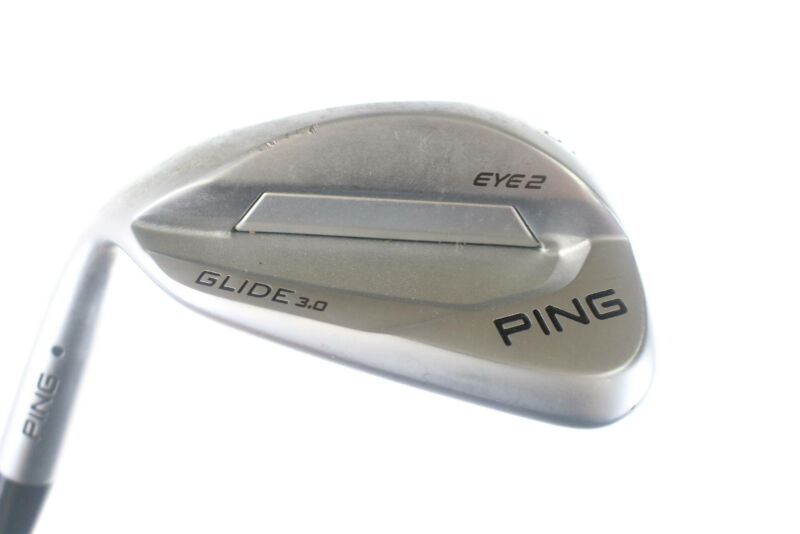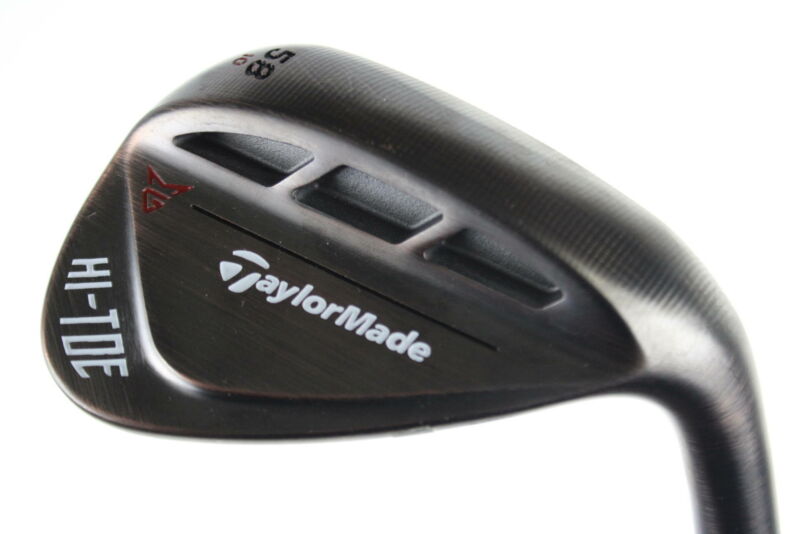56 vs. 58 Wedge: How to Choose the Right Wedge!
All golf clubs are incredibly crucial to your game but maybe not equally.
Wedges rank high in game improvement tools, and they will make a significant impact on your handicap.
You’ll also need the right wedge to make accurate short-distance lob shots.
As a golfer, if you’re not using the correct type of wedge for your shots, you can have severe problems and struggle around the green.
You must use wedges that improve your game and assist scoring.
Because there are different wedges with varying specifications, choosing the wedge that suits your swing might be a bit of a chore.
In this article, we’ll review wedges 56 and 58 and establish the better one for you.
56 Vs. 58 Wedge: Overview

A 56° wedge is often called the sand wedge by most players.
The sand wedge is usually the heavier club in the golfer’s bag because it weighs about two and a half pounds.
This extra weight prevents the clubhead from digging into the ground, leading to less painful chunk shots.
The 56 wedge offers a substantial amount of bounce and enables players to escape numerous sticky situations on the golf course.
The sand wedge is most valuable for this purpose.
Similarly, most golfers call the 58-degree wedge the sand wedge because it helps hit a shot out of a sand wedge.
Generally, the 58-degree wedge is considered the lob wedge. It is primarily employed in lobbing the ball very high up in the air.
Most sand wedges come in 54 or 56 degrees of lofts, slightly lesser than the lob wedge.
The additional loft the 58-degree wedge has is why it’s perfect for hitting out of deep sand bunkers.
56 vs. 58 Wedge: When Can You Use Them?
Both wedge degrees have different best situations that are most perfect for use.
The 56-degree wedge or sand weight is mainly used for getting balls out of bunkers and sand traps.
The wedge has an excess loft which enables golfers to dig the ball out of profound sandy lies.
This club is designed to enter through the sand quickly and dig the ball out. It can assist you in saving par after getting an unplanned beach trip.
You needn’t worry that the sand will ruin your round.
Other best situations to use the 56-degree wedge includes when:
- On the Fringe
- Out of the fairway
- Chipping out of deep rough
- Attempting to get past a tree
On the other hand, the best situation to use the 58-degree wedge is when you are in the bunker.
This club wedge has a bounce angle that will enable you to get the ball high up in the air and escape the bunker easily.
Most golfers prefer to use their 58-degree wedge clubface when playing bunkers.
As such, they can achieve improved overall contact with the ball and cut through the sand. There will, hopefully, be more chances to save par.
Other situations to use the 58-degree club face include when:
- You’re in a thick rough
- You have chip shots close to the green
- 80-yard or fewer approach shots from the fairway
Do You Need the 56-Degree Wedge?
In most cases, yes. It’s the same for most golfers too.
Besides the putter, this sand wedge is probably the most crucial club for your short game. It offers excellent versatility.
With this wedge, you can hit chip, full, and pitch shots.
Theoretically, you can chip out of the bunker using a pitching wedge, but it’s easier said than done.
The lesser loft and bounce amount make it extremely difficult.
Furthermore, you won’t shoot your best score without the sand wedge. It’s the ideal wedge if stuck in a long greenside bunker.
Do You Need the 58-Degree Wedge?

Yes. The 58-degree wedge is as vital as the 56-degree wedge, and every golfer needs it.
It is versatile, and most golfers use it as a sand wedge. It’s most valuable in hitting the golf ball out of a deep bunker.
Generally, average golfers always hit the wedge quickly compared to the higher degree.
It provides more forgiveness and more consistent distance control.
56 Vs. 58 Wedge: Which Should You Use?
Choosing the one to use will depend on individual preference and what they feel will get them the desired results.
It’s essential to understand the pros and features of each, plus how you can use them. When you use both wedges, you might realize that the loft difference is hard to tell.
Most golfers think the 58-degree wedge is the highest lofted club to use.
Hence, it’s crucial to ensure the club’s bounce is 10 degrees at minimum.
Also, some golfers think the 56-degree wedge is the right fit that aligns with their pitching and gap wedge because it gives an even gap.
We say your choice will depend on the clubs you have and the number of wedges you want to carry.
Most golfers need only three wedges, but PGA Tour golfers use four. Whichever number you wish to take, ensure you space the wedges evenly.
For instance, if you want to carry three wedges and your pitching wedge is 46-degree, your best wedge setup might be as follows:
- Pitching wedge = 46-degree
- Gap wedge= 52-degree
- Sand/lob wedge = 58-degree
You’ll feel a distance improvement when you evenly space out the wedges.
So, use the degree of your pitching wedge to choose the best wedge for yourself.
Related Posts:
- Ping i200 vs i210: What are the Differences?
- Mizuno JPX 921 vs PXG 0311P Irons: Comparison
- Ping Pal vs. Anser: Which Putter is Right for You?

Want to Get Better at Golf?
Get "Ben Hogan's Five Lessons" and join thousands of others improving their golf skills.
Learn the Fundamentals: Stance and Posture > Golf Grip > The Swing.
This book has LOADS of positive reviews. THOUSANDS OF REVIEWS. A MILLION COPY SOLD. CHEAP!
Get the Book Here
